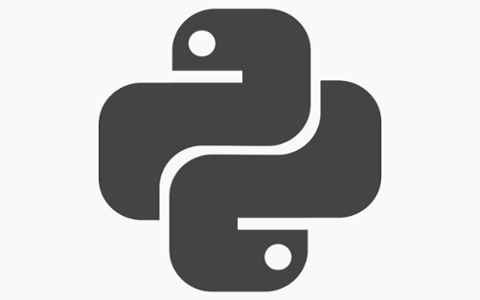Python has established itself as the preeminent programming language, placing at (or near) the top of every recent ranking we’ve seen. But is the language actually driving hiring, or is its popularity reflective of developers at companies using it daily? We crunched the data to answer that question.
Our headline was a bit of a spoiler, but it’s true: Python, as a skill, is the hottest in tech.
We arrived at this conclusion after digging through the Dice database for jobs and skills. When we isolated Python as a skill, we found its ‘demand ratio’ (i.e., the number of people looking for jobs listing Python as a requisite skill compared to the number of jobs available listing that skill) to be slightly above 4:1. In other words, for every person searching for a Python gig, there are four open jobs.
When we isolated for “Python Developer,” the demand ratio was just below 2.5:1, which is still great; for every 2.5 "Python developer" seekers, there were five "Python developer" jobs. .NET jobs were much more in-demand, with a 4.6:1 ratio, but .NET's demand as a skill is comparatively low at about 1.3:1. Averaging the skill and job demand ratios for both shows Python with a higher average. Python also has far more jobs on Dice, making it one of the most popular and in-demand skills in tech.
We’re not surprised. The language has long been one of the most popular on TIOBE’s monthly rankings, and has essentially killed off R for most data science and machine learning applications. It’s even becoming a critical skill in fin-tech use cases.
It’s also not going away. Python was found to be one of the skills that tech’s ‘unicorns’ look for in prospective hires, even outpacing JavaScript. A CodingDojo study shows that, amongst the top ten unicorn companies in tech, eight use Python in their stacks.
When isolating away non-skills such as “software developer” and “computer science” from the dataset (they’re listed, but it’s hard to imagine a job seeker claiming just ‘software engineering’ as a skill, with no other details), Python remains head and shoulders above the programming-language competition. Its popularity as a skill, coupled with outside data showing it’s both widely used and continually relevant, makes it a rock-solid skill for any technologist to adopt.

